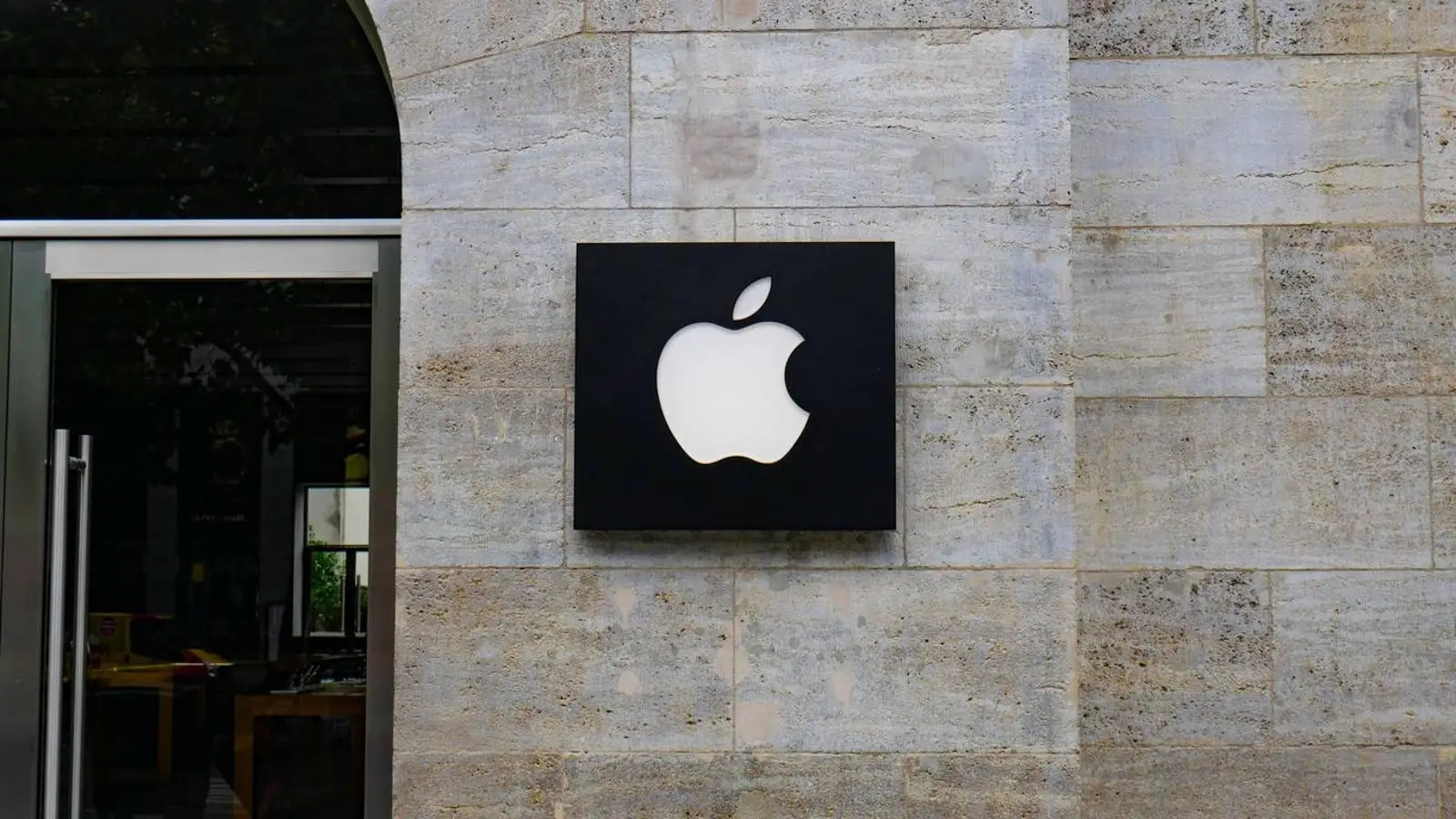Apple typically designs its devices years ahead of launch, developing future models in parallel with current production. That is why details about upcoming iPhones surface well before their debut. The iPhone 18 lineup is no exception—there is already a sense of what features may arrive in the iPhone 18 Pro and iPhone 18 Pro Max.
According to insiders, Apple may shift its release cadence starting with this generation: the flagship iPhone 18 Pro, 18 Pro Max, and the foldable iPhone Fold are expected in fall 2026, while the standard iPhone 18 and 18e would follow in spring 2027. If that timeline holds, it would quietly redraw the company’s usual schedule.
Familiar design, thoughtfully refined
Externally, the iPhone 18 Pro is expected to keep the iPhone 17 Pro’s aesthetic: a triangular triple‑camera layout on a raised plateau. Screen sizes should remain the same—6.3 inches for the Pro and 6.9 inches for the Pro Max.
Rumors also suggest the Ceramic Shield zone in the MagSafe area may become slightly translucent, though it is not yet clear how Apple would implement the change.
A more compact Dynamic Island
Apple continues edging toward a truly bezel‑free look, and iPhone 18 Pro appears to be another step in that direction. Analyst Ross Young expects the Dynamic Island to shrink rather than vanish. Some sources indicate under‑display Face ID will come later; in 2026, Apple is likely to focus on reducing the cutout and expanding the usable display area.
A20 Pro chip with CoWoS technology
The next wave of flagship iPhones is set to adopt the A20 Pro chip, built on TSMC’s third‑generation 3‑nanometer process. While the performance gains over A19 Pro may be moderate, the standout upgrade is CoWoS (Chip on Wafer on Substrate) packaging. Tighter integration between the CPU, memory, and the Neural Engine should improve efficiency in AI workloads and Apple Intelligence features—an upgrade that matters more in everyday tasks than raw benchmarks suggest.
New C2 modem—a step toward independence from Qualcomm
Apple is actively developing its own 5G modems, and the C2 model, according to analyst Jeff Pu, is the next milestone. The modem is expected to deliver better energy efficiency, 5G mmWave support in the U.S., and higher data speeds. If that plays out, iPhone 18 Pro could become the first flagship to rely entirely on Apple’s in‑house connectivity silicon.
New camera sensor from Samsung
Apple will likely, for the first time, partly move away from Sony sensors in favor of Samsung’s three‑layer PD‑TR‑Logic sensor. This design can expand dynamic range, reduce digital noise, and speed up capture response. If confirmed, it would be a meaningful leap for iPhone photography—and a notable shift in Apple’s supply chain.
Variable aperture—like DSLR cameras
The iPhone 18 Pro’s main camera is expected to gain a variable‑aperture lens, a first for the iPhone. Users would be able to widen the aperture for low‑light shooting or stop it down to deepen focus, echoing the behavior of professional cameras.
Previous generations relied on a fixed f/1.78 aperture, so the new system should offer more creative control over depth of field and bokeh without resorting to software alone.
Support for 5G satellite internet
Media reports indicate Apple plans to add satellite internet support that goes beyond emergency use. Instead of limited SOS features, devices could connect directly via satellites to get online outside traditional coverage areas. Globalstar remains Apple’s partner on this front.
An updated camera button
In the iPhone 17 Pro, the camera button combines capacitive and force sensors—a choice that raises manufacturing costs. Sources say that in iPhone 18 Pro, Apple will simplify the design by dropping the capacitive layer and keeping force sensing only. The change should reduce costs and improve reliability without compromising functionality.
What it means for users
The iPhone 18 Pro is shaping up not as a revolution, but as a smart evolution: tighter power management, a more capable camera system, a more integrated chip, and a cleaner design. The sum of those tweaks tends to matter most in daily use.
Apple still prioritizes a careful balance of performance, battery life, and image quality—and the iPhone 18 series looks set to take another measured step toward the benchmark for a truly “smart” smartphone.
